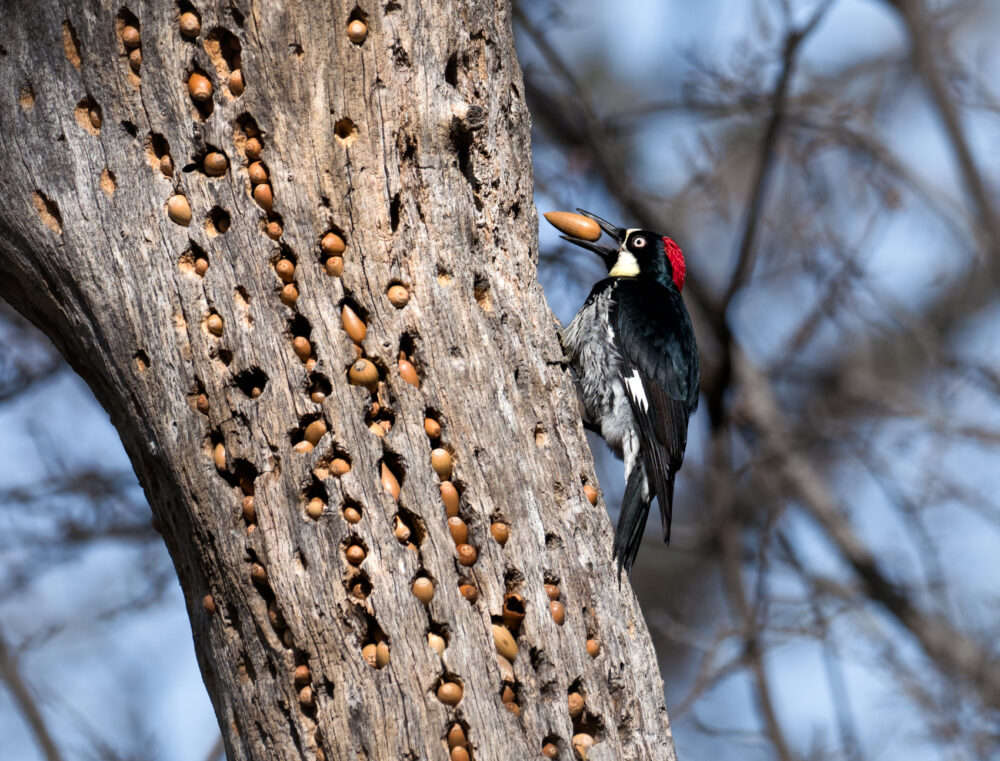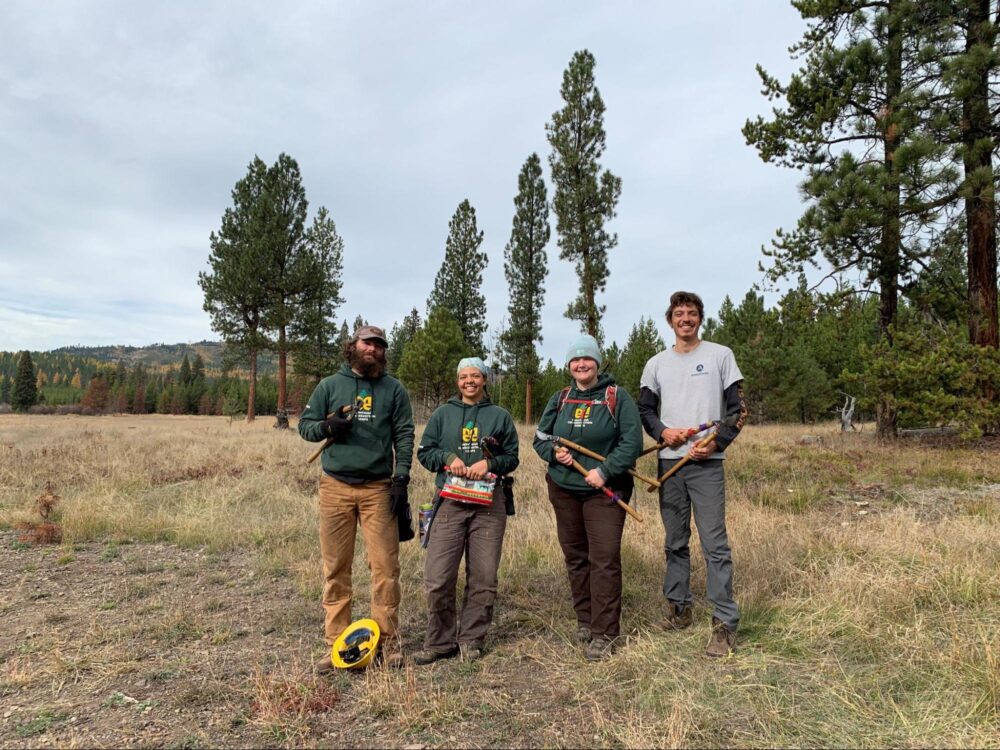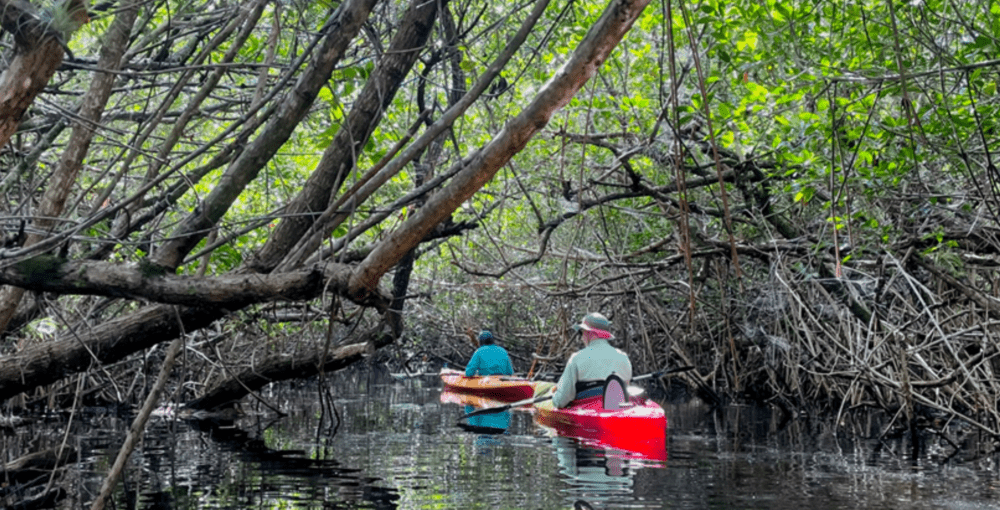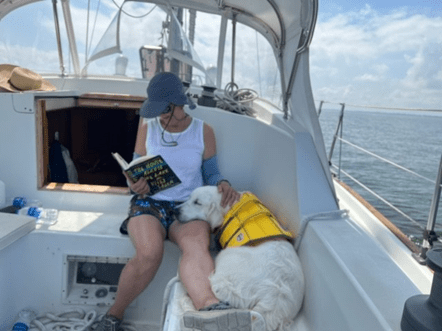We have much more to do and your continued support is needed now more than ever.
With Support of Nonprofits, Hunters Help to Feed Nation’s Food Insecure
Good nutrition. It’s an essential component of healthy living. Food fuels physical growth, mental well-being, academic achievement and economic productivity. But according to research by the U.S. Department of Agriculture, 14.5 percent of U.S. households are food insecure. That means some 33 million adults and 16 million children don’t always know where they will find their next meal.
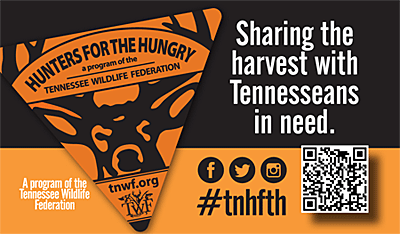
Source of Protein
“Deer meat is a valuable, low-fat source of protein,” says Travis Scott, director of development at Conservation Federation of Missouri, which partners with the Missouri Department of Conservation to run Share the Harvest. During last year’s hunting season, more than 6,200 hunters donated 318,115 pounds of venison—helping the program, which was founded in 1992, surpass the 3-million-pound mark of donations to date.
This donated venison is “hugely important to anyone in hunger relief, because protein is one of the most difficult things to acquire enough of,” says Peggy Kirkpatrick, executive director of The Food Bank for Central & Northeast Missouri, a beneficiary of Share the Harvest. Her colleague Scott Gordon, communications coordinator at the food bank, says clients appreciate receiving such a “rich, flavorsome and healthy” food in winter.
With the active support of Governor Jay Nixon and other proponents, participation in the Missouri program has increased annually since 2009. “Each year, hunters throughout the Show-Me State help tens of thousands of struggling families put food on the table through the Share the Harvest program,” says Governor Nixon. “I’m proud to be part of this tradition, and I encourage all Missouri hunters to join me in donating a deer to help feed Missouri families in need.”
Support of Volunteers
Matt Simcox, who manages Tennessee Wildlife Federation’s Hunters for the Hungry program, has likewise witnessed growth. “It goes back to that Volunteer spirit,” he says. “Tennesseans are willing to help their neighbors.” Certified processors collect and process the donated deer meat, which is then distributed to food banks and soup kitchens across the state. In 2012, Tennessee sportsmen donated 136,162 pounds of venison, enough to supply nearly 545,000 meals.
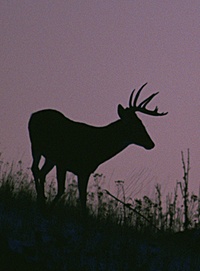
Because Tennessee Wildlife Federation and the nonprofit administrators of like-minded programs in other states help to underwrite the costs of processing and distributing donated venison, financial contributions from individual donors as well as foundations and other groups are critical to their operations. Georgia Wildlife Federation, for instance, recently received a grant from the Walmart Foundation to fund processing of deer meat for the Peach State’s Hunters for the Hungry program. And North Carolina Wildlife Federation secured a grant from the North Carolina Tobacco Trust Fund Commission to launch Farmers Manage Deer, which aims to help manage the state’s deer population by allowing sportsmen to hunt on farmland.
White-tailed deer consume nearly $30 million’s worth of crops annually in North Carolina, where an estimated 1.2 million deer live. “We recognize deer as a resource,” says Judy Gardner, who co-manages the Farmers Manage Deer project with her husband Guy. “Through this program we’re trying to increase crop yield by reducing the current loss caused by deer and to prevent future crop damage with the sustained reduction of deer density. It’s the perfect collaboration on three levels: wildlife management, agricultural production and community nutrition.” Participating hunters keep the venison they’ll use and donate the rest to food banks via the state’s Hunters for the Hungry program.


